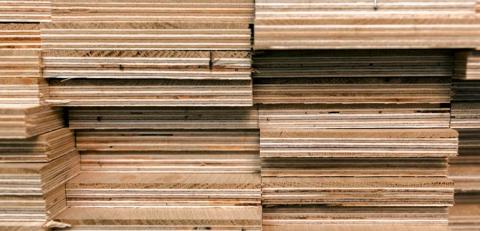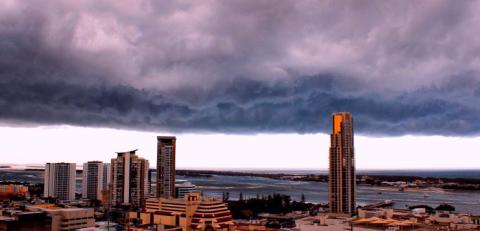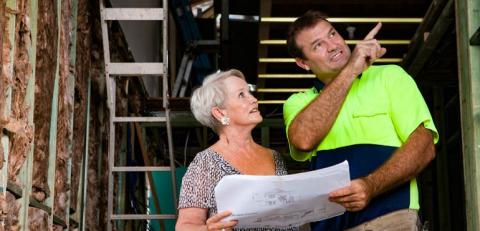Featured for
Licence info tool
Learn what licence is required for different types of building and construction work.
Retention trust training
Trustees are no longer required to complete retention trust training.
Image

Home owners: watch our Home Owner Hub video
Whether you're planning a renovation, building a new home, or just exploring your options, the QBCC Home Owner Hub is your go-to guide. Watch this short video to get started...




































